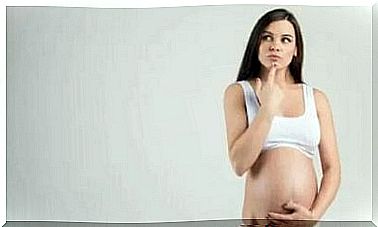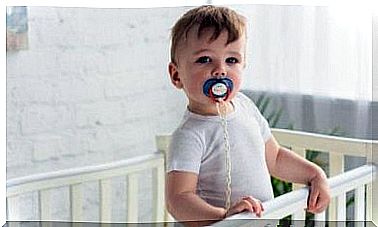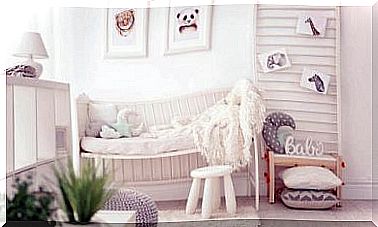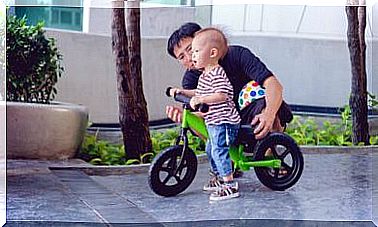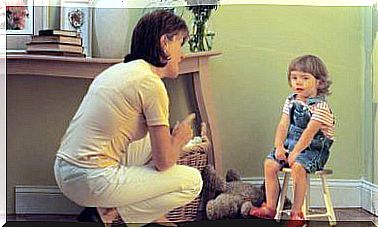How To Organize The Classroom According To The Montessori Method? – Being Parents
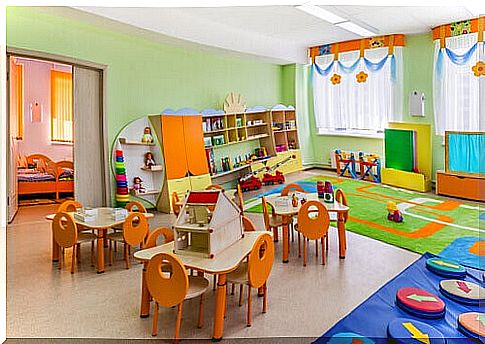
The organization and arrangement of Montessori classrooms is one of the most important characteristics of this type of study center. In their classrooms, the children learn to regulate their own social interactions. Learn how to organize the classroom according to the Montessori method.
To organize the classroom according to the Montessori method, the classroom must be equipped with spaces where children can learn and play. These activities should be carried out in different ways. That is to say, individually or collectively, in small groups, in large groups, etc.
All the objects available in their environment are adapted to the size of the children. This rule includes furniture, shelves and utensils. It also applies to tableware and educational material.
Another of the most unique characteristics of the Montessori classroom organization is that there is no focal point for the classroom. This means, among other things, that the teacher does not place himself in the center of the class. He also does not strive to be the center of attention of the children. Rather, we seek to have everyone form a community.
The importance of organization
As we have already mentioned, organization is one of the keys to the Montessori method. It is characterized by its strengthening of the development of the child. This is done through independence and freedom with limits and respect for natural psychology. It also promotes the physical and social development of the child .
Among other features, the classrooms are warm, well organized and welcoming. They have sofas, rugs and flowers. These make children and young people feel comfortable and at home.

How to organize the classroom according to the Montessori method?
Here are 10 guidelines that will help you know how to organize the classroom according to the Montessori method:
1. Good lighting
The first thing to consider is lighting. It should be natural, with soft colors and light spaces. This is how we create a scenario that allows us to conduct a focused and relaxed activity.
2. Accessibility to materials
Learning materials are on accessible shelves. This encourages independence when students do their work.
In Montessori classrooms, everything is where it’s supposed to be. It conveys a feeling of harmony. In addition, the order comforts and inspires students.
3. Defined spaces
In such classrooms, there are adequate spaces for group and individual activities. In these, the student can develop and improve his skills. All areas are demarcated in the classroom. There are shelves or tables with a variety of attractive materials.
4. A space dedicated to peace and reflection
One of the main differences of Montessori classrooms is that they contain a space dedicated to peace and reflection. It is a corner or a table with well chosen elements. For example, a vase of daisies or a bowl of colorful fish. This will allow students to engage in meditative reflection.
5. Reading areas
In Montessori classrooms, there are always spaces for books. These are perfectly designed for students to read. Thus, children are encouraged to develop their interest and passion for books.
6. Good design
Another feature is that the classrooms are perfectly designed. All learning materials are on open, easily accessible shelves. Therefore, materials are always arranged from the simplest to the most complex.
7. The teacher’s freedom
Again, the teacher is not meant to be the center of attention. So it can often be difficult to detect it. In most cases, he sits on the floor or at a table. This allows him to observe his students as they work. So he can take notes on their progress. He may also receive inquiries from children.
8. Pictures on the walls
Montessori classrooms usually have real-life pictures hanging on the walls. The aim is to add interest to the little ones. Images should show real life people, objects or scenes. They should also be at children’s eye level.

9. Small furniture
All classroom furniture should be suitable for the height of the little ones, such as shelves. These should allow children to reach the books without the help of the teacher.
In addition, tables and chairs must have reduced dimensions. Thus, the students will be able to easily manipulate them.
10. The presence of plants
Finally, all Montessori classrooms have plants inside. This is another of the most remarkable features. Indeed, it makes that the little ones work in a joint way as administrators of their environment. For example, they can take care of it and take turns watering the plants.
The Montessori method for organizing educational spaces has great advantages. And it is more and more accepted. Implement some of these changes and see how they are doing in the little ones.

